How I Unexpectedly Became An Artist After Age 60

At the start of 2018, I had only a pedestrian interest in art and zero desire to make any.
Yet today, I make a unique form of digital art almost every day and post them several times a month to my website. What happened?
In 2015 I moved halfway across the U.S. for what would be my last job before retiring (which I did in 2021), a programming job that was high visibility, high stress, and often long hours. I lived in an apartment until the end of 2017, when I decided to buy a house.
Moving in early 2018, I realized I now had all these walls—and nothing to put on them. So I thought to myself, I wonder if I can make something? I bought a piece of software that made impressionistic "paintings" from photographs, made a few, used an inexpensive printer I found online, and hung them on the wall. It was a fun diversion from my job, but I did not think of myself as an artist.
Then I asked a fateful (and later repeated) question, what else can I do? So I found more art-creating applications and started to combine their outputs in an image processing application (Pixelmator, back then), experimenting with different techniques.
While nothing I made was all too exciting, I was learning a lot of techniques that would be useful later on, though I didn't really have any plan at that point.


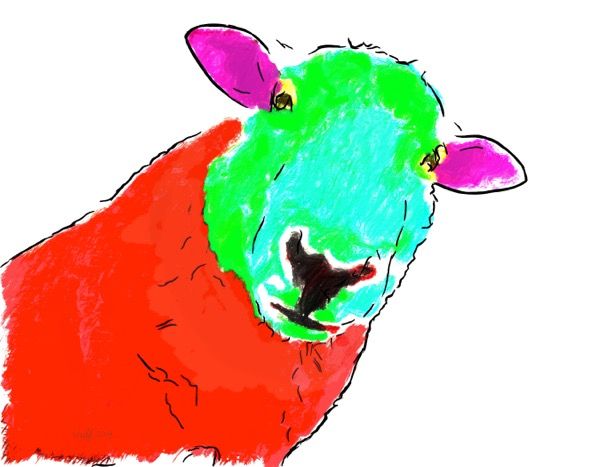
Early in 2019, I remember lying in bed and thinking, what if I painted something myself instead of starting from a photo? I looked at several digital painting applications, picked one, and started seeing what I could do. None of it was anything exciting, but despite my inability to draw much (I have the eye-hand coordination of a snake), it was encouraging, and I also continued to post-process everything.
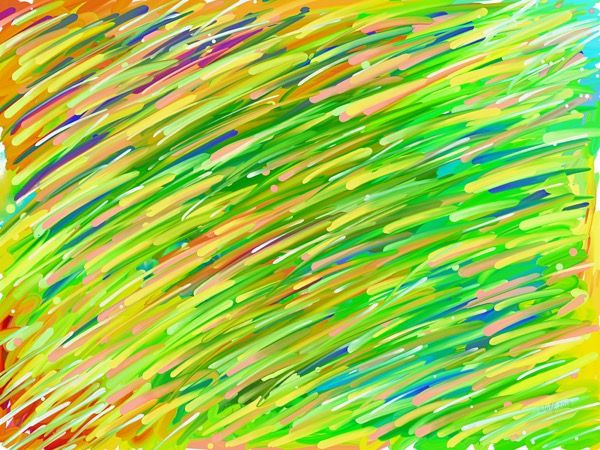
These experiments continued through 2019, which was a very difficult year at work; I still made time every day to paint things. Given my lack of drawing, I gravitated towards abstraction. Still had no thought of being an artist despite my increasing confidence about what my eye considered "good."
I found most digital painting applications were too slow to make decent-sized images, so I switched to using Affinity Photo after a few months, which had fewer limitations since it natively supported Apple Metal. Now I could experiment with larger images at 300 dpi.


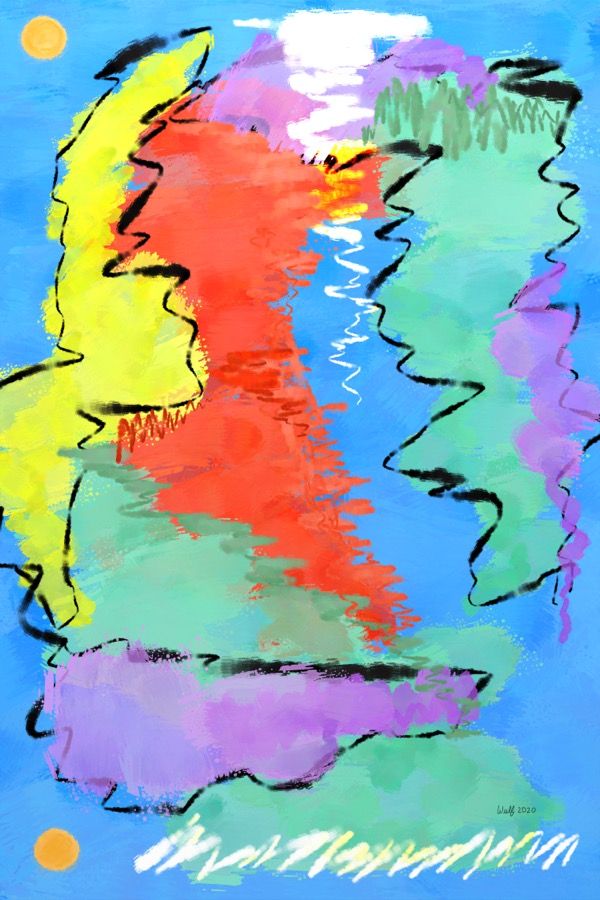

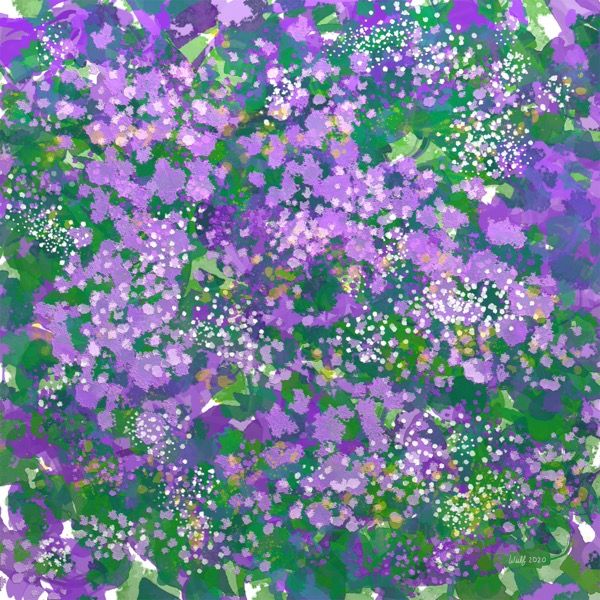
In March 2020, everything changed, as it did for most people.
While my team and I still had jobs, our employer's business basically stopped in its tracks, and projects were all canceled; plus, we were now supposed to work from home—this had an enormous effect on what happened next. I now avoided long commutes, long hours, and being tired a lot. So I took the time to properly teach myself art history, particularly about the road to abstraction, with the many artists and movements, and styles. I wanted to understand how artists found their voice and how the art universe changed over time.
In addition, I finally had time and energy to start using my main skill in life, writing code, to make something different in my art. I looked around at generative art and played with the most common tool, processing/p5.js, but that didn't excite me since I am not a huge fan of Javascript. Instead, I turned to what I knew best, Apple's Swift programming language, which is what I used every day writing iPhone apps. It has the advantage of being a faster native language, as opposed to Javascript, which began on the web running in a browser (of course, it can run elsewhere as well) and isn't as fast. I was determined to build my own tools.
By July, I was ready to start making art with code, starting with simple rectangles and other shapes packed together, generated with colors or reference a photo or something I painted for color. These then became more complex, basically "painting" with shapes.
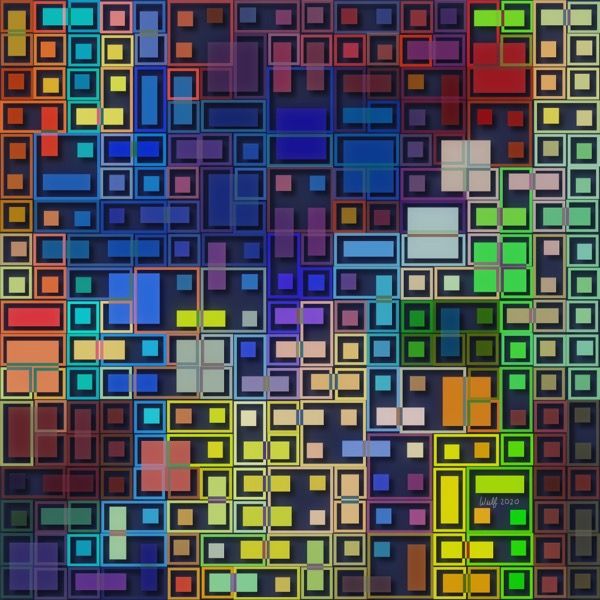


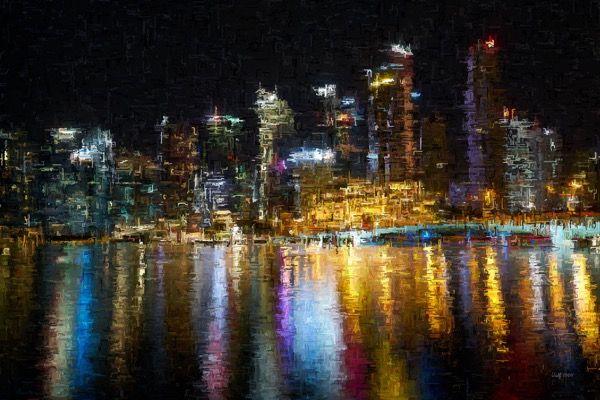
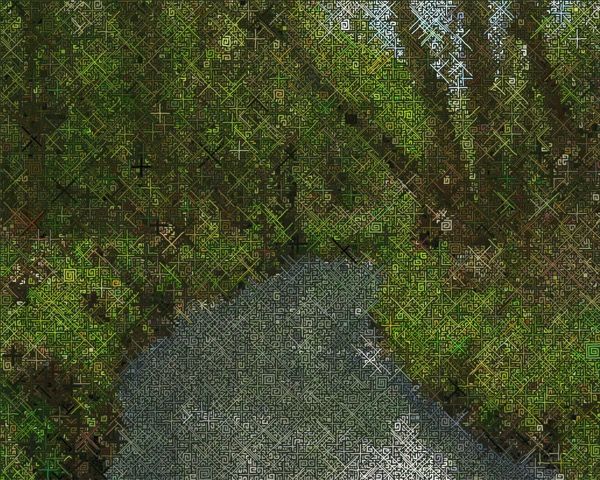
In late August, I started thinking about math. I had an interesting idea about a per-pixel algorithm that might produce useful shapes. After much effort, I ran it—and it did nothing useful. Undeterred, I thought some more about the math and came up with a second idea, which, combined with the first, I discovered made interesting shapes as an emergent property. Similar to fractals (though this is not a fractal), shapes emerge despite there being nothing in the math that directly creates them. In my case, I rapidly found I could alter the algorithm to vaguely control what it produced, and over time I added additional layers and options.

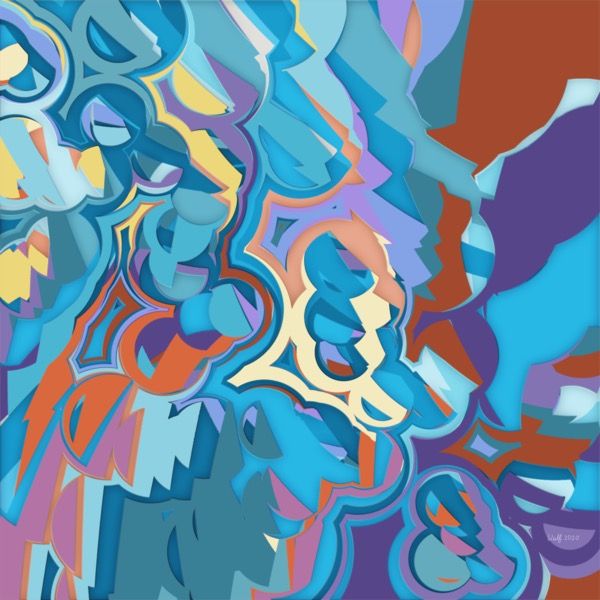
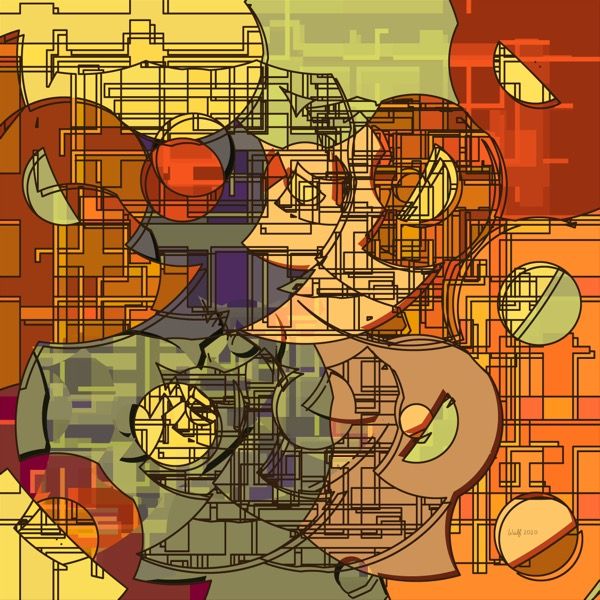
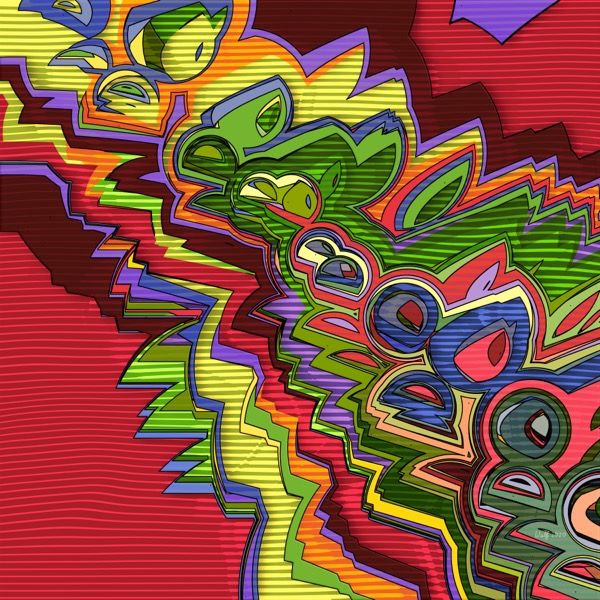
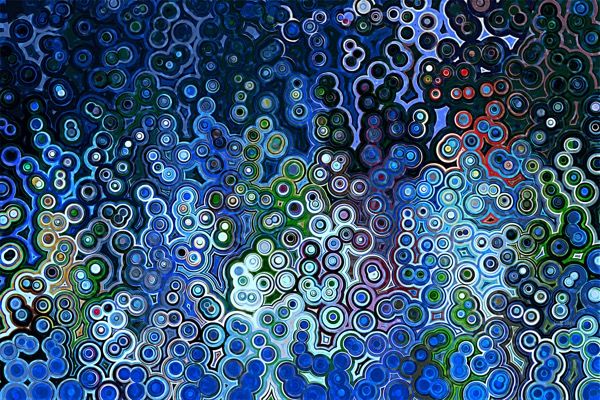
Now I found I was making things I could have never done by hand. One day I made a work that I decided to have printed locally, and when I got it, I was amazed at how much detail was in it. This is the point at which I decided that maybe art was what I wanted to do from then on, and made plans to retire in 2021 (April, it turned out), just shy of four decades of being a programmer.

After finally being done with my job, I built a website (since replaced) and continued to expand my toolkit of algorithms to generate and process images in all sorts of ways. I have a massive backlog of ideas to eventually implement.
Some of these include adding AI tools, photography, and myriads of new tools. My art style basically consists of generative art, image manipulation, digital painting, AI (rarely), and photography in various combinations. Every piece starts with some vague idea and then evolves until I feel it is complete, or I reject it and start over or move in a different direction. Thus each work is generally different and often unrelated to prior ones, although the underlying process is the same.
In August of 2021, I started posting to a Twitter account everything I make, generally once a day (update: not updated anymore). Currently, I have over 1,300 works on my website going back to 2020.
The next challenge is marketing myself and my art, which is why I am writing this blog (as well as a programming blog at the same time).
